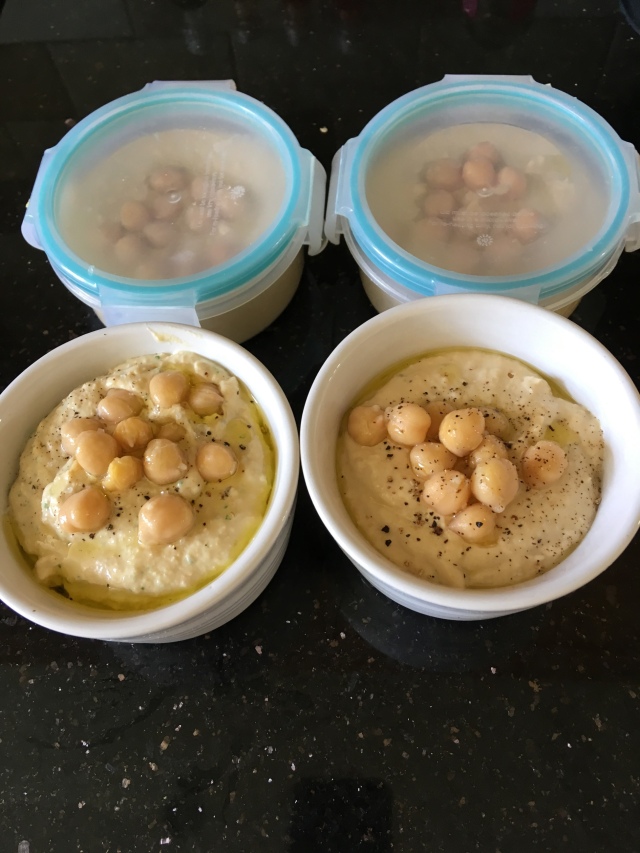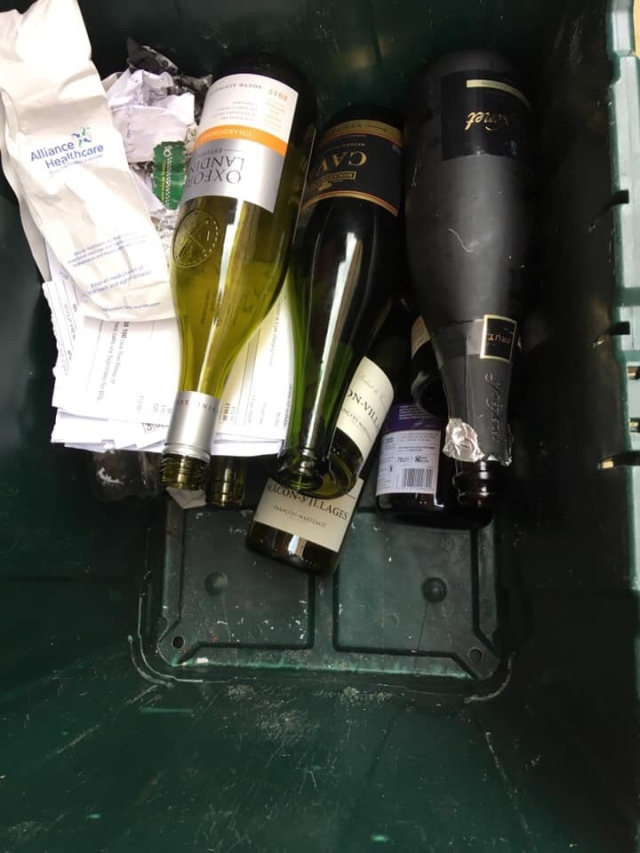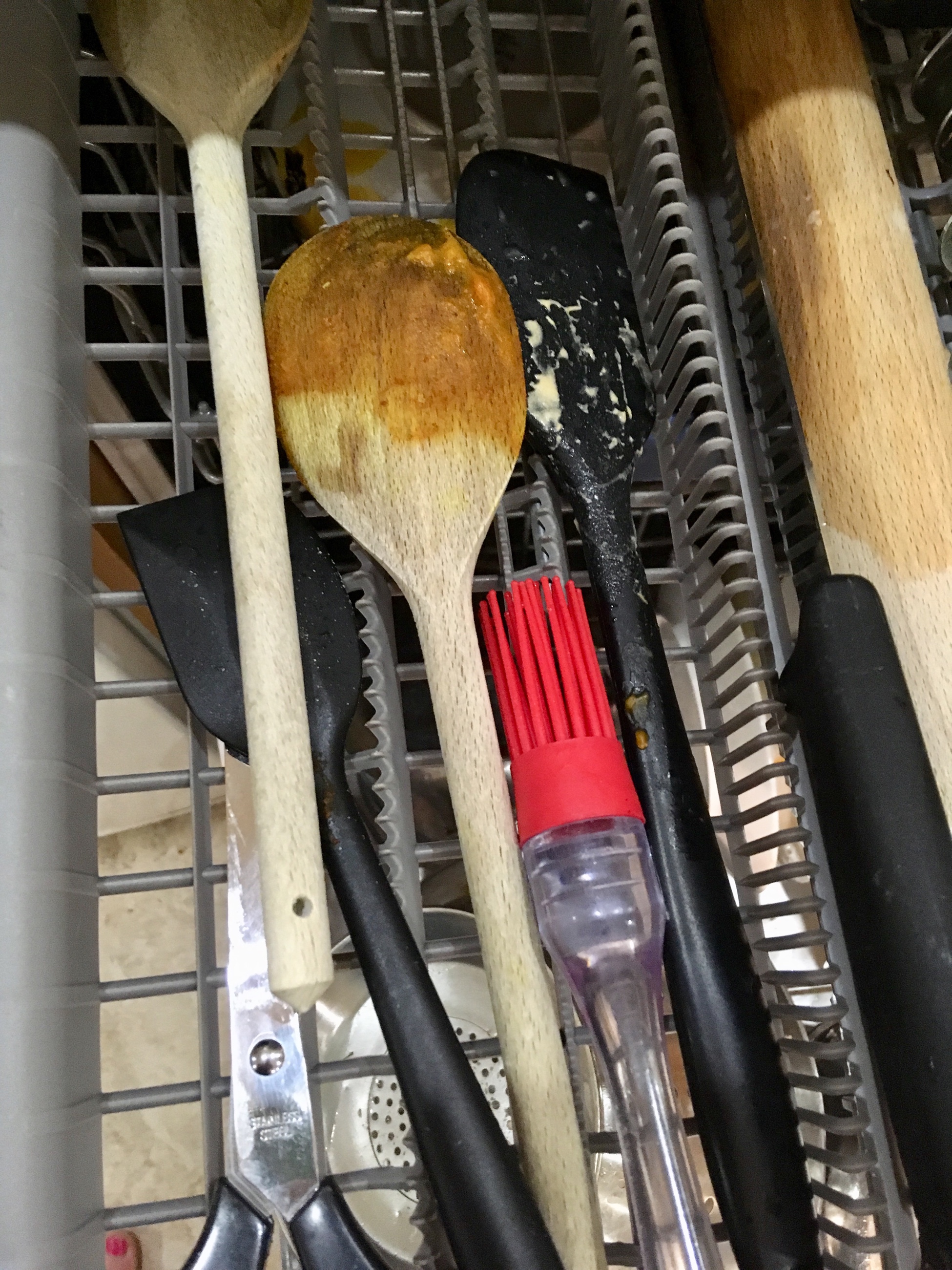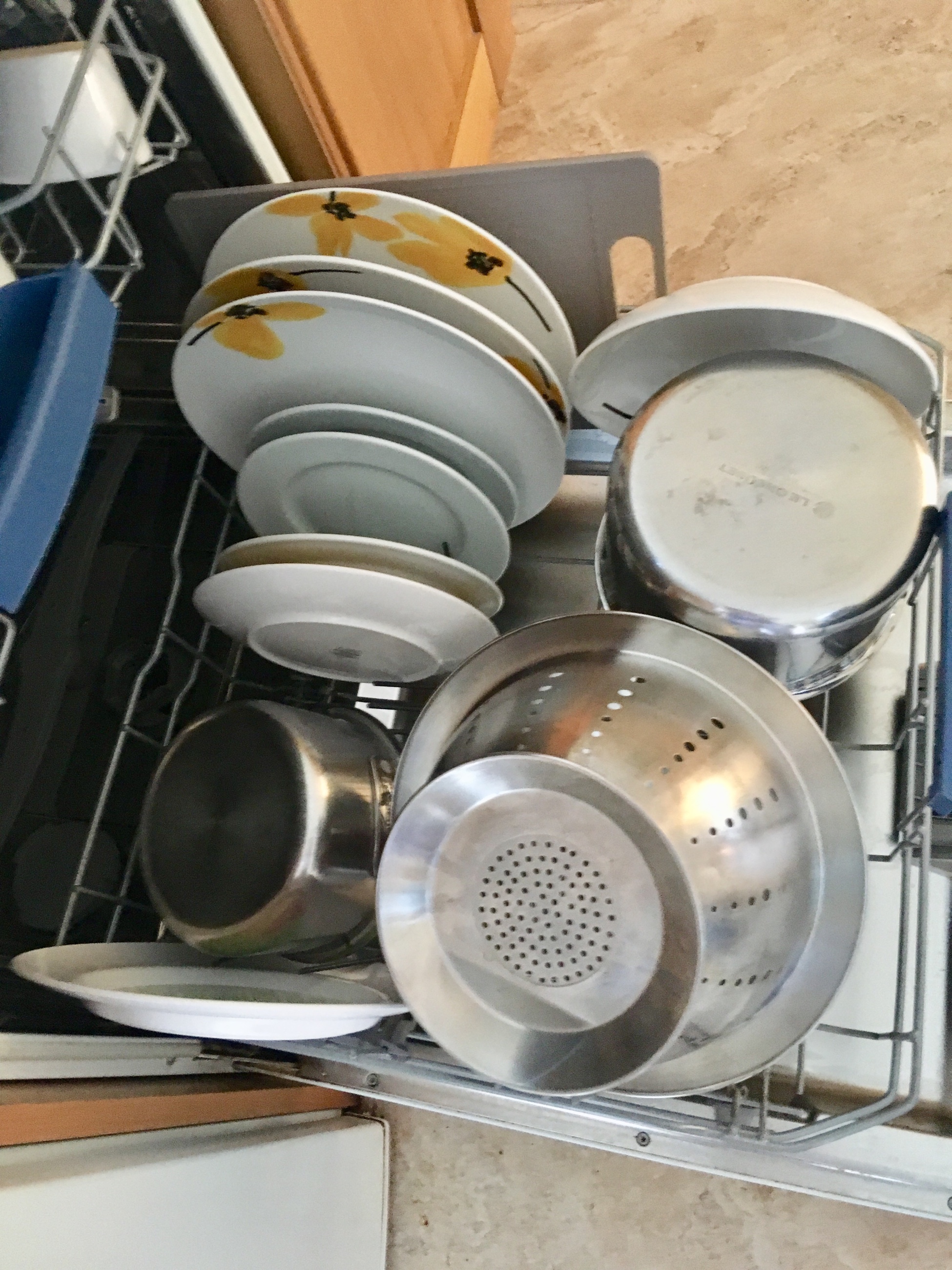Dawning awareness
In the end, it was the ‘Groundhog Day ‘ effect of unpacking the weekly shop and online purchases that tipped me over the edge. The mountainous problem of avoidable waste, and the UK’s growing addiction to single-use plastic, fast fashion and ‘disposables’ was being replicated on a weekly basis in our kitchen!
I knew I had to do something…
Hiding in plain sight
Once I’d really opened my eyes to the problem, I literally couldn’t escape the plastic waste all around me:
- At work and when out, disposable has become the norm: coffee cups, plastic cutlery, plastic and polystyrene food containers, plastic-coated paper plates, straws,
- At the supermarket – Plastic packaging cocoons our fruit and veg, bread, pasta, pulses, meat and dairy; while shelf after shelf of single-use plastic entices us to buy the latest and greatest shampoo or shower gel, the new miracle cleaning spray…
- At home – we’d slipped into buying more and more online, with the inevitable layers of bubble wrap, plastic, paper and cardboard.
And I was no innocent bystander. Yes, I recycled. I saved and reused things where I could. But plastic and disposable is so much part of our culture now that I’d become oblivious to much of it,
Then I saw the quote from Anne-Marie Bonneau:

…And my own (very) imperfect journey began
Two steps forward…
We kickstarted our efforts by signing up to Plastic-free July. It challenged us to shop differently, helped break unconscious habits and reset our relationship with shopping. At the end of the month, we had only one bag of rubbish and literally a fraction of our usual plastic recycling waste
Although we have been less strict on ourselves since the end of the challenge, in the last 6 months we’ve still vastly reduced the amount of waste we send to landfill. We’ve only put our refuse bin out twice in that time (though this still feels too much).

We’ve also noticed that the volume of recycling we put out has reduced, and the composition has changed. There’s visibly less plastic, but more metal and glass.
To reduce the amount of food and garden waste we put out, we bought a new home composter.

Crisps in the compost?
Now it’s not just our food and garden waste that no longer has to travel miles to be disposed of, there’s even some home-compostable packaging that can be added into the mix!
Refills, not Landfill
By July, I’d already started volunteering at Cheltenham’s zero-Waste shop ‘Food Loose’, and was loving it. It also meant that I had a weekly opportunity to stock up on packaging-free food and household refills!
But I still felt I wanted to do more.
Talking to friends and colleagues, I realised that many people didn’t know we had a zero-waste shop in town, and those who did were often unable to get there because of the opening hours.
And so at the end of August, ‘Waste Not…’ was born. It’s a small, not-for-profit venture which I run in my spare time, and aims to extend the reach of Food Loose by offering pop-up refill stations for cleaning and personal care products, and a refills home delivery service for the communities where I live.
It’s been a lot of fun, and I’ve expanded the scope to include workshops (zero-waste Christmas crackers and wax wrap making), which has helped me make more connections and build a small but continuing customer base.


In 4 months, we’ve sold about 200 litres of refills – which is probably equivalent to around 400 single-use bottles being reused. We’ve had conversations with hundreds of people about zero-waste shopping and seen spikes in footfall in the shop after pop-up events.

…Two steps back
Supermarkets are pledging to cut back in packaging, but there’s a lot of grrenwashijg going in. For example, at the very time Waitrose were planning to launch their Unwrapped initiative, they quietly switched to selling their own brand butter in a composite package. Asda and other supermarkets sell loose meat, fish and deli products on their fresh product counters. But I realised they it all comes in small plastic trays and bags, which they remove and then sometimes even re-wrap for display. Add to this the mountain of single-use plastic sheets used to pick up products and weigh, and supermarkets could even be generating more plastic waste than if we were to leave our containers at home and just to buy it in plastic off the shelf!
My takeaways
Going plastic-free doesn’t have to cost more. Some loose items are more expensive, but I’ve also saved money by no longer buying bottled water, fizzy drinks, cling-film, sandwich bags, bin bags, paper plates and napkins. We also spend less on snacks and biscuits because I only now buy them on special occasions
It requires you to shop differently. I’m rarely able to get everything I need in one place, but with a little planning I can usually do it in one trip. I make a point of allowing plenty of time when I go to Waitrose Unpacked for example, so that I can really enjoy the process of selecting my own loose goods
80/20 is good enough. There will be occasions when I don’t have enough time or energy to avoid plastic and convenience shopping will really have a positive impact on my day. Rather than angering about this, I’ll make the best possible packaging choice I can given the constraints of the situation, and will then stand back and remind myself of the bigger picture and how far we’ve come.
2020 – the start of a more sustainable decade?
In September, a chance meeting with the incoming Community Lead for Plastic-Free Cheltenham opened up a whole host of new opportunities for making a real difference. I’m now on the Steering Group and planning my first ‘Virtual’ Mass Unwrap 💚
And thanks to a very thoughtful friend, we also have 52 challenges to keep us motivated and help us find new ways to reduce our home use of plastic!





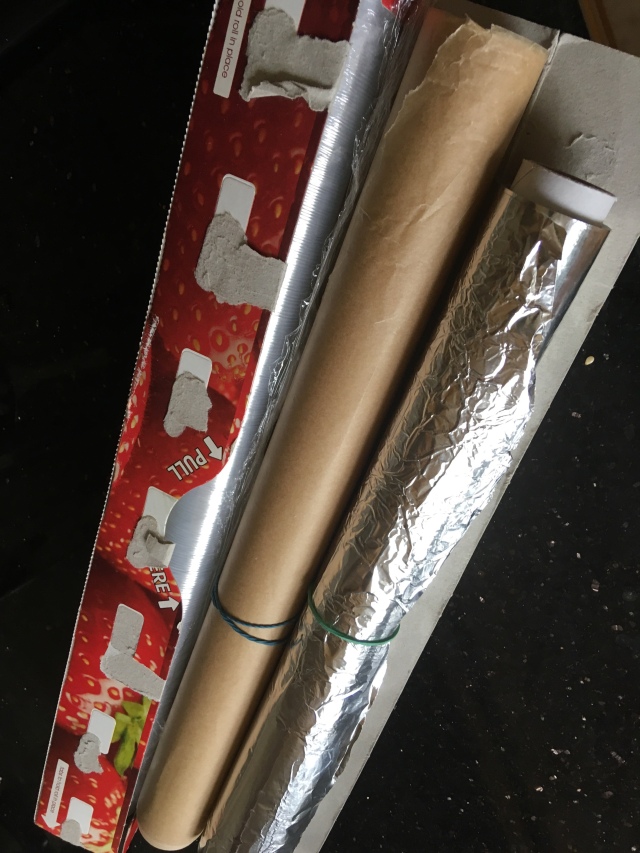


 w
w